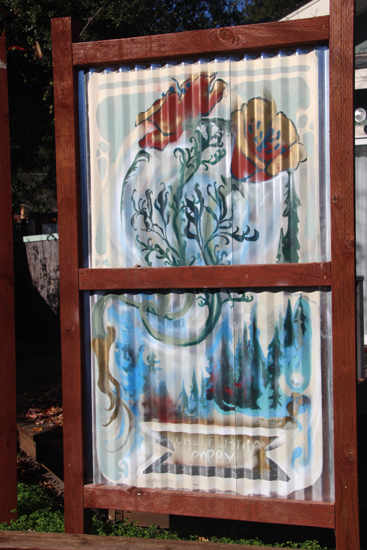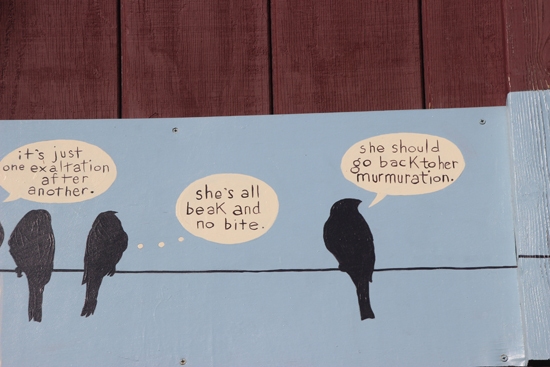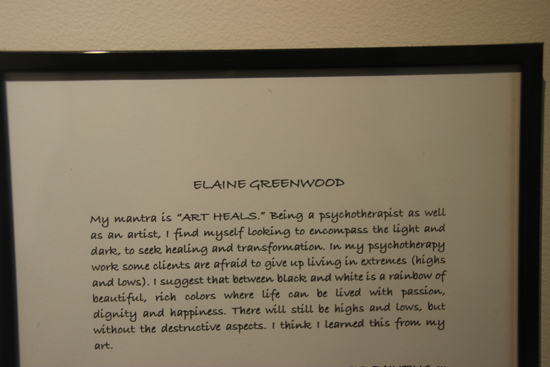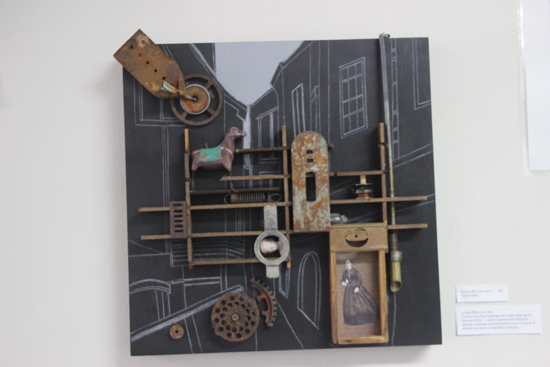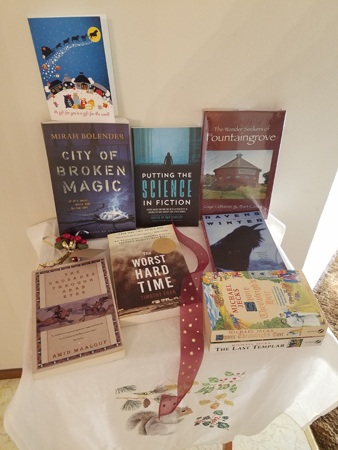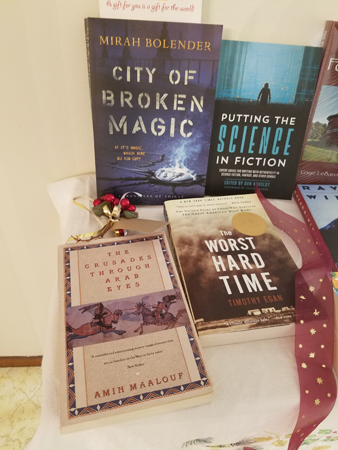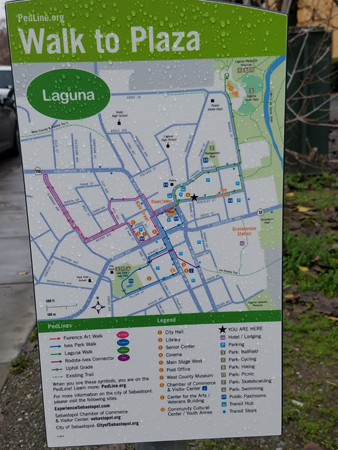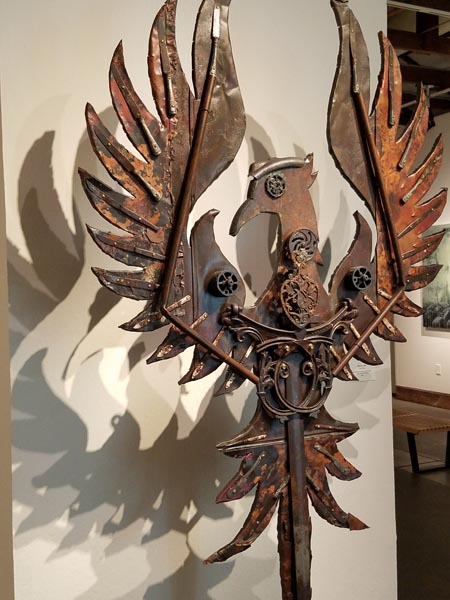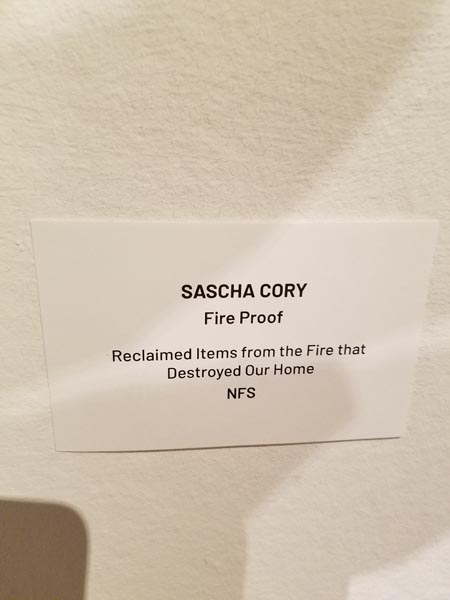For me, one test of a classic is whether a reading of it through any lens will reward with insights. By that measure Jane Austen’s Mansfield Park is a classic. You can view it as a study in socioeconomic class; in psychology; through the lens of fist-wave feminism (which is troubling but rewarding); as a critique of religion and morality and even through the lens of colonialism.
I just read Mansfield Park for the first time, and, surprisingly, what struck me two-thirds of the way through the book was some resonance with the #MeToo movement.
I want to say first that I didn’t particularly enjoy Mansfield Park the way I did Sense and Sensibility, Pride and Prejudice, Northanger Abbey and Emma. It was a problematic book for me. A tiny part of the problem stems from the fact that is was published in 1814, and deals with the lives of the British upper class, a society of which I am completely ignorant and understand nothing. A larger problem is that a secondary character, Mary Crawford, was far more engaging than the protagonist, Fanny Price. The third issue is that this is a realistic novel in many ways, which means that happy endings are relative.
Fanny Price is a “poor relation”of the Bertram family. Mrs. Bertram’s sister Frances made a rebellious marriage and was ostracized by the family, while Mrs. Bertram made an advantageous marriage to the well-placed and wealthy Sir Thomas. Eleven years elapse, during which Frances Price has many children. She writes to her sister, asking that Sir Thomas think of taking in her oldest, her ten-year-old son, and bring him up in the family business in Antigua (which is obviously a slave plantation). During a family conference, the middle sister, Mrs. Norris, suggests an alternative; that it would be less work to take in Mrs. Price’s daughter Fanny. Although Mrs. Norris’s suggestion is couched in the language of Christian charity, family pride and so on, it’s pretty clear pretty fast that she sees some advantage to herself in this scheme, because Mrs. Norris’s suggestions always, eventually, benefit her. Within the first few pages we get the measure of Mrs. Norris; a tight-fisted, advantage-seeking busybody who basically controls her sister Mrs. Bertram. Mrs. Norris develops over the course of the book from a tried-and-true Austen character, a hypocritical figure of fun to someone whose behaviors are destructive and corrosive.
Several pages later, nine-year-old Fanny appears, removed from her family and brought to a home with four other children, all older, two boys and two girls. From that point on, Fanny is slighted and ignored, called on to help the family members in every way, constantly reminded that she is not their equal. She is Cinderella without a fairy godmother. While she does everything to provide for the comfort and convenience of her aunts and cousins, they constantly forget about her unless they need something. Two people in the house pay attention to her; Mrs. Norris, who continually reminds her of her place, and the second son Edmund, who shows her kindness.
At eighteen, Fanny is silently in love with Edmund, who plans to become a clergyman. His older brother Tom is a spoiled spendthrift who spends his time drinking with his friends and making bad choices; the two Bertram daughters, Maria and Julia, have been thoroughly spoiled by Mrs. Norris, although her partiality for Maria is evident. Sir Thomas is called away to Antigua to deal with some problems “of business” and takes Tom with him, hoping to help him mature. Except for Edmund, everyone in the house at Mansfield Park (even Fanny) breathes a sigh of relief that the authoritarian, emotionally distant Sir Thomas is gone.
Into the neighborhood come two younger siblings of the parson’s wife; Henry and Mary Crawford. Each is an heir to a fortune; each is witty and charming, and they become the toast of Mansfield Park. Maria and Julia are taken with the clever, attentive, rich and handsome Henry, even though Maria is already engaged to another man. Edmund is attracted to Mary, although he hesitates when he hears her making witty but disparaging remarks about clergy. To Edmund, a country clergyman is responsible for providing spiritual guidance and comfort year round, every day of the week, while to Mary, raised in London, a clergyman must give a rousing sermon on Sunday and he’s done. This raises a red flag for Edmund which he hastens to ignore.
The Crawfords and another friend of theirs, together with the meddling of Mrs. Norris, who needs to see herself as important, soon help the young generation slip into behavior that isn’t seemly. Fanny, always invisible, always in a corner, sees it plainly and we see it through her eyes. Maria’s wealthy fiance is a stupid man; the young people mock that behind his back. When he takes them on a walking tour of his estate, he forgets a key to one of the gates and goes back to the house to fetch it. Tired of waiting, Henry, Maria and Julia climb the fence and go off on their own, leaving the fiance (and Fanny) behind. By today’s standards this seems rude, and little more, but this entire passage shows us the danger of the Crawfords, both of them, and their ability to lead people astray (because Mary and Edmund have gone off, leaving Fanny alone on a bench at a strange house, and have been gone for nearly an hour).
This is what the Crawfords do. They lead other people into bad behavior without even admitting it to themselves. As the story goes on, the young folks at Mansfield Park decide to put on a play, which seems like a harmless pursuit but means pairing up couples in problematic ways. Sit Thomas arrives home in the nick of time; Maria is safely married off to the stupid man, and sister Julia goes to her house to visit. It seems like everything will be fine. Meanwhile, the reader observes a scene between Henry Crawford and Mary. The marriageable young ladies of Mansfield are all gone except one, he says, Fanny Price, and he has decided to make her fall in love with him. Why? Because he’s bored. Mary, who until now had seemed genuinely friendly to Fanny and even championed her once or twice, knows how shy and sensitive Fanny is, but without a thought, basically wishes her brother “happy hunting.”
Crawford, in the nature of rakes in novels, finds himself entangled in his own snare when he begins to develop feelings for Fanny — feelings she does not reciprocate. Before too much longer, he has proposed to her.
Fanny is in love with Edmund. Secondarily, though, Fanny thinks Henry is lacking in character. She politely and nearly inarticulately rejects his offer. Henry then goes over her head, so to speak, and approaches Sir Thomas, who is thrilled on Fanny’s behalf. When he talks to Fanny, she is even less articulate about her reasons for saying “No.” The first reason for the speechlessness is simply that Fanny has been taught since birth to place her feelings and needs last. The second is that Sir Thomas does not know how badly Maria and Julia behaved with Henry Crawford; loyalty to her girl cousins silences her. In the face of a stammering, clearly upset Fanny, Sit Thomas decides that Henry’s error is one of style; he proposed too quickly and he should slow things down.
From that point on both Sit Thomas and Edmund go out of their way to put Henry and Fanny together. Edmund views Henry as a friend (even though he knows first hand just how his sisters acted around him). He also genuinely thinks he’s doing a good thing for Fanny; Fanny will definitely not get another offer as good materially as Henry Crawford. The only person who seems to agree with Fanny that she and Crawford shouldn’t marry is Mrs. Norris, and her reasons are very different:
“… Angry she was, bitterly angry; but she was more angry with Fanny for having received such an offer, than for having refused it. It was an injury and affront to Julia, who ought to have been Mr. Crawford’s choice, and independent of that, she disliked Fanny, because she had neglected her, and she would have grudged such an elevation to someone she had been always trying to depress.”
In spite of the family pressure and the connivance of her friend — or “friend” — Mary Crawford, Fanny holds firm in her denial. It’s a little surprising; where does this strength of will come from? Sir Thomas comes up with the bright idea of sending Fanny back home to her birth parents for a visit; this will be a “salubrious” visit that will remind Fanny what her life could be like, if she doesn’t toe the line. In fact, given the chaos of the house, this trip is a punishment… a punishment made worse by the fact that, once again, faced with their own problems, the Betrams forget about Fanny and leave her there longer than originally planned.
In a scene before that, though, we see a social evening, where Henry is courting Fanny aggressively. He is sitting next to her and forcing conversation. When the evening shifts to different recreational activities, Fanny is able to move, and feels “released in body and spirit.” Any woman who has experienced aggressive advances or workplace harassment knows that feeling perfectly.
As the story continues, we begin to see a seed of goodness in Henry, and so does Fanny. Austen makes it clear that if Henry were to marry Fanny, she would, in fact, influence him to be a better person. Austen is also clear that it is not Fanny’s responsibility to fix Henry. While he is visiting her at her parents’ Henry says that he plans to go to his estate to confront his farm manager who is giving a tenant a problem. Fanny encourages him to go, to be a good steward of his estate and a fair lord to his tenant. Once away from Fanny, though, Henry chooses instead to go visit the married Maria, where his ego will be stroked, and this decision leads to a disaster for both the Crawfords and the Bertrams, as Maria runs away with Henry.
Even now, certain people in the book, casting around for blame, choose to blame Fanny for this debacle; “If only she’d married him, he never would have done this.” Of course, since it’s an Austen novel, Edmund finally realizes that any partnership between Mary and him is impossible, not only because of her brother’s behavior (and his sister’s) but also because of what he sees as her moral lack. While Edmund indulges in shock, using words like “this crime” to describe the actions of Maria and Henry, Mary reacts strategically, seeing it as an unfortunate incident that needs to be covered up and papered over as quickly as possible.
Edmund and Fanny do end up together. In some sense, this is Cinderella Fanny getting her Prince, but they are not a sparkling couple, and while Fanny and Edmund will be a dutiful couple at the parsonage, it’s hard to see deep love between them.
Where’s the #MeToo? The ease and speed with which Sir Thomas and Edmund toss aside Fanny’s concerns, and keep throwing her together with Henry. Echoing and reverberating beyond #MeToo is the sense of powerlessness. For a modern reader, it’s hard to overlook the references to the slave trade and Sir Thomas’s “business,” an entire economy built upon the powerlessness of an enslaved workforce. It is nowhere near the same scale as Fanny’s life, where she has at least clothing and food (if no heat) and books to read, a shrubbery to walk in, but Fanny’s needs are never regarded. Fanny isn’t a slave. As a woman, she is a second-class citizen with virtually no rights; as a poor relation, she lacks even the social niceties most women of the Bertram class come to expect. For much of the book she barely has a voice. When Mansfield Park is at its most satisfying is when Fanny finds her voice, and when, after the disaster, people finally start to listen. Fanny is not as innocent as this synopsis makes her sound; she is in love with Edmund early in the book, and her “coming clean” with Edmund at the end about some inappropriate things Mary has said definitely has the tone of making sure a vanquished rival is completely routed, rather than simple goodness and virtue. Among the many things Mansfield Park is about, it’s also about a power differential. We’ve progressed; but the differential is still there. Fanny’s discomfort around Henry and the lack of support of her so-called protectors is as realistic now as it was 200 years ago.
 Most of this year’s walking around Santa Rosa’s art-colony neighborhood South A Street was done by Lillian and me. Kathleen joined us for our usual brunch at the Spinster Sisters, but needed to leave after that. We missed her!
Most of this year’s walking around Santa Rosa’s art-colony neighborhood South A Street was done by Lillian and me. Kathleen joined us for our usual brunch at the Spinster Sisters, but needed to leave after that. We missed her! Elaine Greenwood’s artist statement grabbed me with her opening sentence; “Art Heals.” Greenwood is a practicing psychotherapist as well as a painter.
Elaine Greenwood’s artist statement grabbed me with her opening sentence; “Art Heals.” Greenwood is a practicing psychotherapist as well as a painter.



